A pilot wants to know under what conditions anti collision lights shall be ? [ Answer reports ]
Question 9-1 : Icao annex 2 rules of the air and the standardised european rules of the air sera icao annex 14 volume i aerodrome design and operations and the european regulation laying down requirements related to aerodromes adr icao annex 2 rules of the air and the european regulation laying down requirements related to aerodromes adr icao annex 14 volume i aerodrome design and operations and the standardised european rules of the air sera
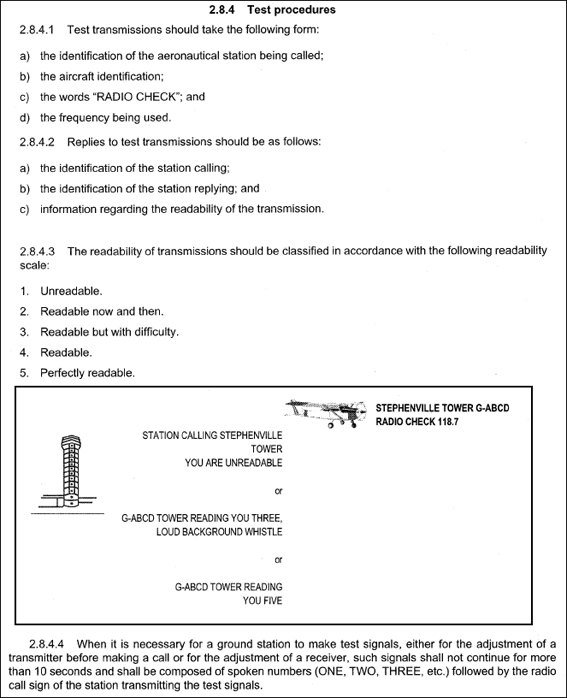 Icao annex 2 (rules of the air) and the standardised european rules of the air (sera).
Icao annex 2 (rules of the air) and the standardised european rules of the air (sera). You have landed at your planned destination aerodrome and are required to ?
Question 9-2 : 1 3 5 and 6 1 2 3 and 4 2 3 4 and 7 2 4 5 and 6
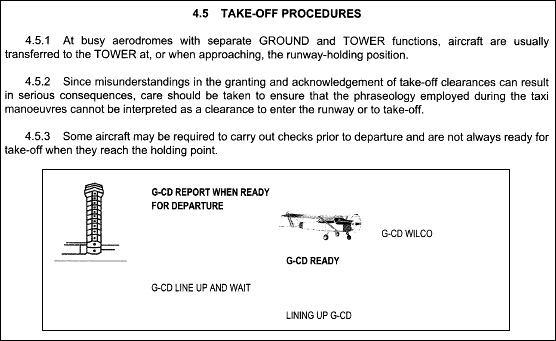 1, 3, 5 and 6.
1, 3, 5 and 6. A landing and take off shall be made into the wind except when ?
Question 9-3 : The runway configuration does not allow it performing a training flight with an instructor piloting a light aircraft visibility is cavok
According to the standardised european rules of the air what shall be the ?
Question 9-4 : Clear of clouds and with the surface in sight 1500 m horizontally and 1000 m vertically 1000 m horizontally and 300 m vertically 1500 m horizontally and 300 m vertically
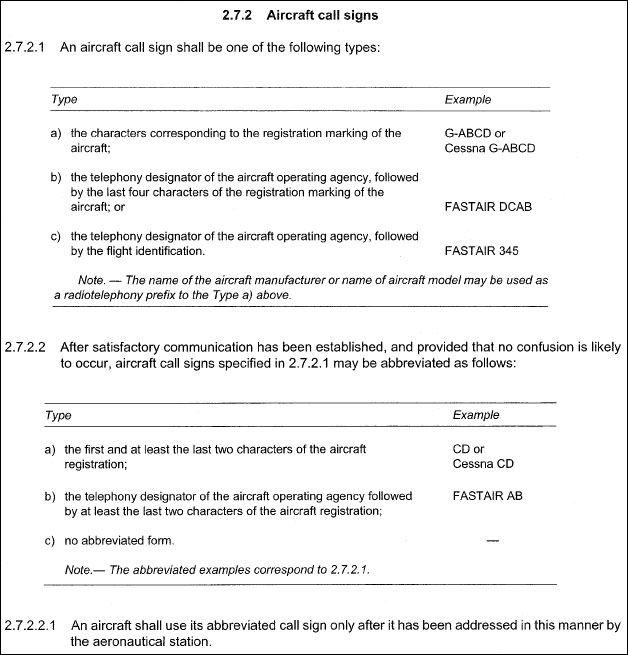 Clear of clouds and with the surface in sight.
Clear of clouds and with the surface in sight. Which is the correct ifr cruising level for the track being flown according to ?
Question 9-5 : Track 000° and fl130 track 359° and fl135 track 359° and fl130 track 000° and fl135
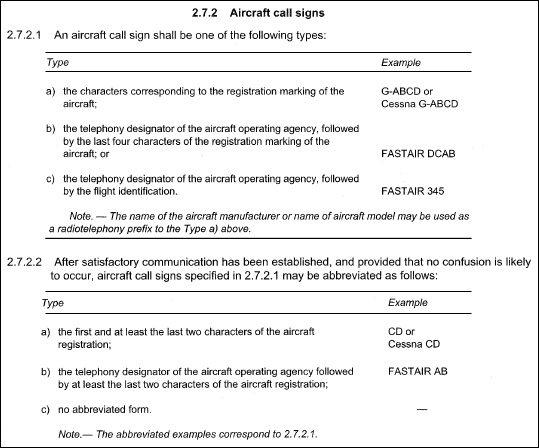 Track 000° and fl130
Track 000° and fl130 According to sera standardised european rules of the air in normal flight what ?
Question 9-6 : Anti collision lights and navigation lights anti collision lights strobe lights and flashing lights position lights only position lights and strobe lights
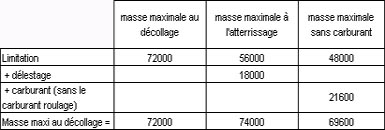 Anti-collision lights and navigation lights.
Anti-collision lights and navigation lights. If during a vfr flight a communication failure is experienced the pilot shall… ?
Question 9-7 : Set transponder code 7600 and land at the nearest suitable airport set transponder code 7600 and follow the light and pyrotechnic signals land at the nearest suitable airport inform atc and continue according to the flight plan
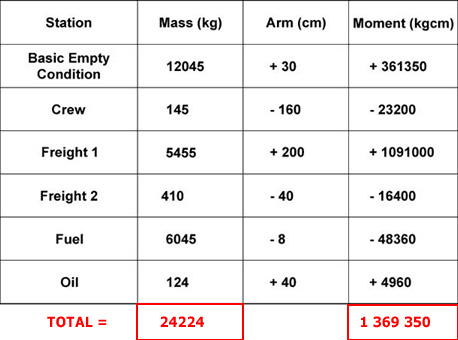 Set transponder code 7600 and land at the nearest suitable airport.
Set transponder code 7600 and land at the nearest suitable airport. An ifr rated pilot is performing a flight between two european aerodromes 100 ?
Question 9-8 : Vfr or ifr vfr only special vfr only ifr only
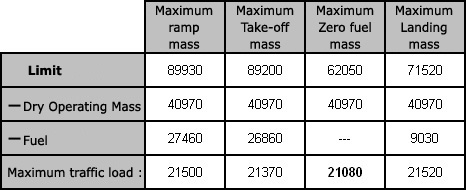 Vfr or ifr.
Vfr or ifr. An aircraft in the cruise is flying ifr in uncontrolled airspace it shall fly… ?
Question 9-9 : At appropriate flight level an altitude if above the transition level a height above ground an altitude in all cases
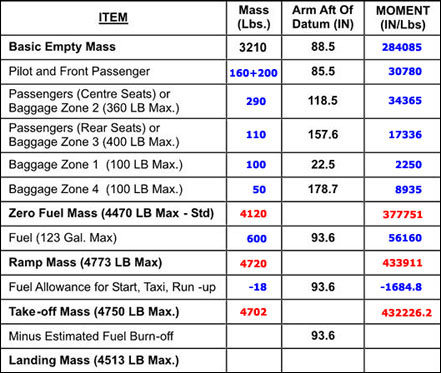 At appropriate flight level.
At appropriate flight level. What is the minimum ceiling for a special vfr clearance to be issued ?
Question 9-10 : 600 ft 1500 ft 500 ft 1000 ft
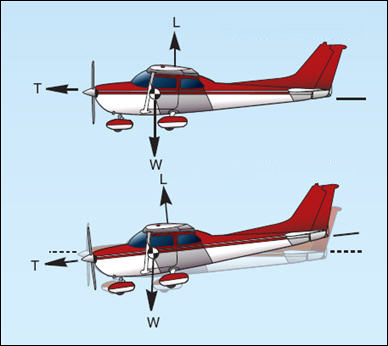 600 ft
600 ft An aircraft with an italian registration departs from the usa and heads to ?
Question 9-11 : The aircraft shall follow the rules according to sera and follow the rules according to the us airspace the aircraft shall follow the rules from the state of registry since it’s registered in italy the aircraft shall follow the rules according to the france airspace since that's the destination the aircraft shall follow the rules regarding operations over high seas
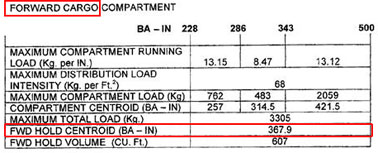 The aircraft shall follow the rules according to sera and follow the rules according to the us airspace.
The aircraft shall follow the rules according to sera and follow the rules according to the us airspace. A pilot is flying in an italian registered aircraft over the central ?
Question 9-12 : 1 3 and 5 2 3 and 4 1 2 and 4 1 3 and 4
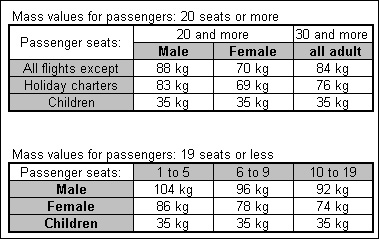 1, 3 and 5.
1, 3 and 5. You are on an ifr flight in airspace where radar is not used in the provision ?
Question 9-13 : 20 minutes 25 minutes 15 minutes 30 minutes
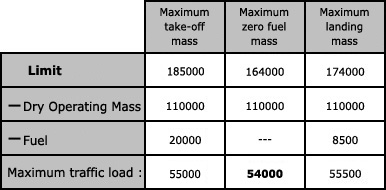 20 minutes
20 minutes A flight in controlled airspace is being subjected to unlawful interference ?
Question 9-14 : Any significant circumstances associated with the interference the position of the aircraft and the time in utc when the interference started the type of aircraft being flown the flight number the flight time remaining and any information about the type s of weapon being used
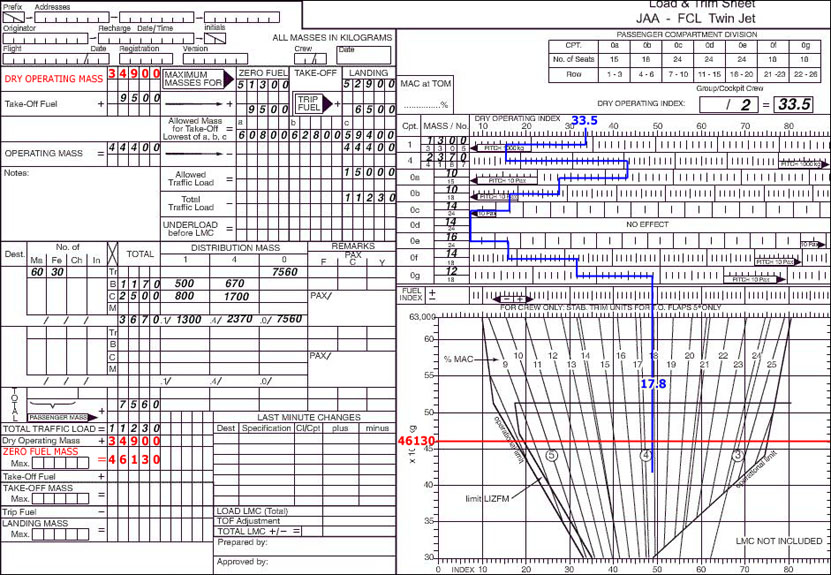 Any significant circumstances associated with the interference.
Any significant circumstances associated with the interference. You are the pilot in command of a commercial air transport flight operating ?
Question 9-15 : Safety of the flight environment protection passenger comfort fuel efficiency
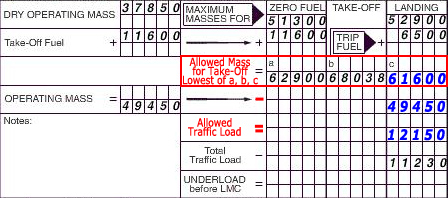 Safety of the flight.
Safety of the flight. According to sera standardised european rules of the air which of the ?
Question 9-16 : 1 and 4 2 and 3 1 and 3 2 and 4
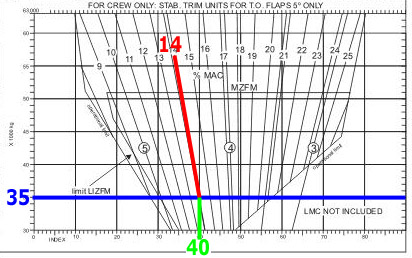 1 and 4
1 and 4 A civil aircraft has been intercepted according to sera the correct actions to ?
Question 9-17 : Follow the intercepting aircraft and squawk 7700 squawk 7500 lower the landing gear if lifted and show stedy landing lights rock the aircraft and contact the intercepting aircraft on 486 mhz contact atc and squawk 7600
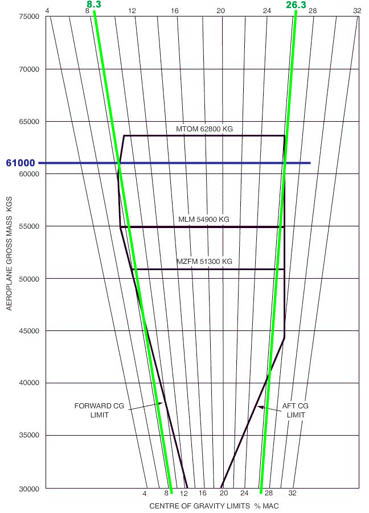 Follow the intercepting aircraft and squawk 7700.
Follow the intercepting aircraft and squawk 7700. For an ifr flight in vmc in airspace class d submission of a flight plan is… ?
Question 9-18 : Mandatory recommended not required optional
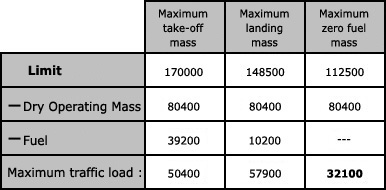 Mandatory.
Mandatory. According to icao annex 12 air to ground signals if survivors see an aircraft ?
Question 9-19 : Daylight this means that ground signals have been understood darkness this means that ground signals have not been understood darkness this means that ground signals have been understood daylight this means that ground signals have not been understood
The objective of standardised european rules of the air sera regulation eu no ?
Question 9-20 : 1 common rules of the air 2 eu member states air navigation service providers 1 rules of the air that shall apply within the eu 2 icao contracting states certification authorities 1 common rules of the air 2 icao contracting states search and rescue service providers 1 rules of the air that shall apply within the eu 2 eu member states military aviation authorities
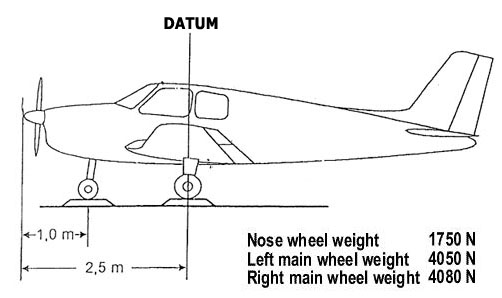 (1) common rules of the air; (2) eu member states, air navigation service providers
(1) common rules of the air; (2) eu member states, air navigation service providers The pilot in command of a commercial air transport multi pilot aircraft is ?
Question 9-21 : Has the final authority must ensure that consensus is reached between him/her the co pilot and the cabin crew member is required to support the position of the co pilot must ask the operational command centre what decision to make
According to sera what must the pic do if an atc clearance cannot be complied ?
Question 9-22 : Inform atc that the clearance is not satisfactory disregard the clearance and proceed in accordance with the flight plan perform a standard holding pattern at the current flight level perform a change of flight rules
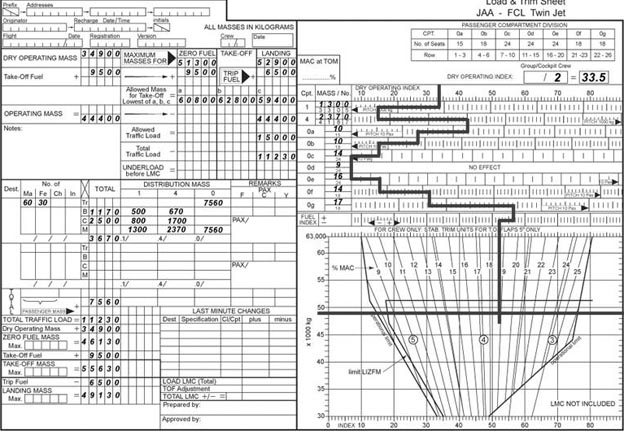 Inform atc that the clearance is not satisfactory.
Inform atc that the clearance is not satisfactory. In case of a change to a flight plan submitted for an ifr flight or a vfr ?
Question 9-23 : Report the change as soon as practicable to the appropriate ats unit report the change to the relevant aerodrome authorities as soon as possible after landing inform atc only if it involves a change of flight rules inform the briefing office at the aerodrome of arrival
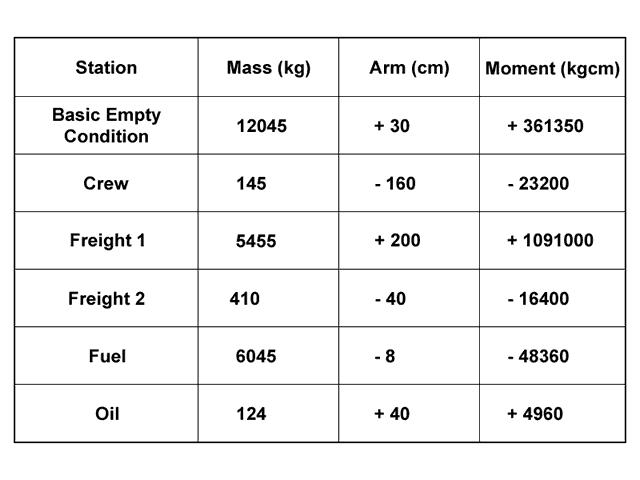 Report the change as soon as practicable to the appropriate ats unit.
Report the change as soon as practicable to the appropriate ats unit. When is an aircraft likely to be intercepted ?
Question 9-24 : When deviating from the route without evidence/without a valid reason when the time to the next point has changed for 3 minutes when changing flight plan in flight airborne when deviating tas for 3%
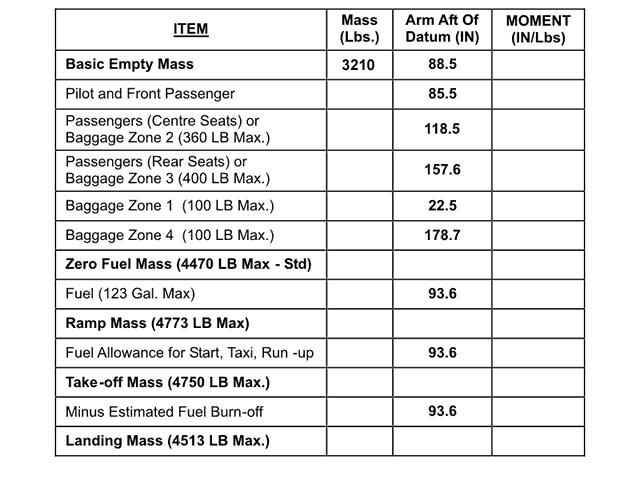 When deviating from the route without evidence/without a valid reason.
When deviating from the route without evidence/without a valid reason. According to sera unless subjecting outside observers to harmful dazzle the ?
Question 9-25 : 1 and 3 2 and 3 2 and 4 1 3 and 4
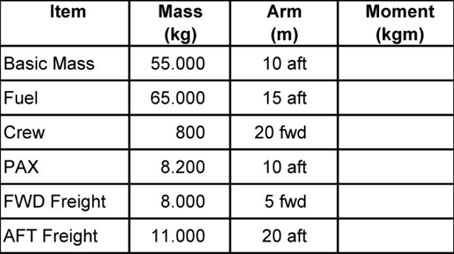 1 and 3.
1 and 3. You are cruising in uncontrolled airspace at 2600 ft is this allowed ?
Question 9-26 : Yes if the competent authority defines the transition altitude as 3000 ft or higher no he/she should fly at fl20 or fl30 no under 3000 ft ifr is not allowed provided that the transition altitude is lower than 3000 ft
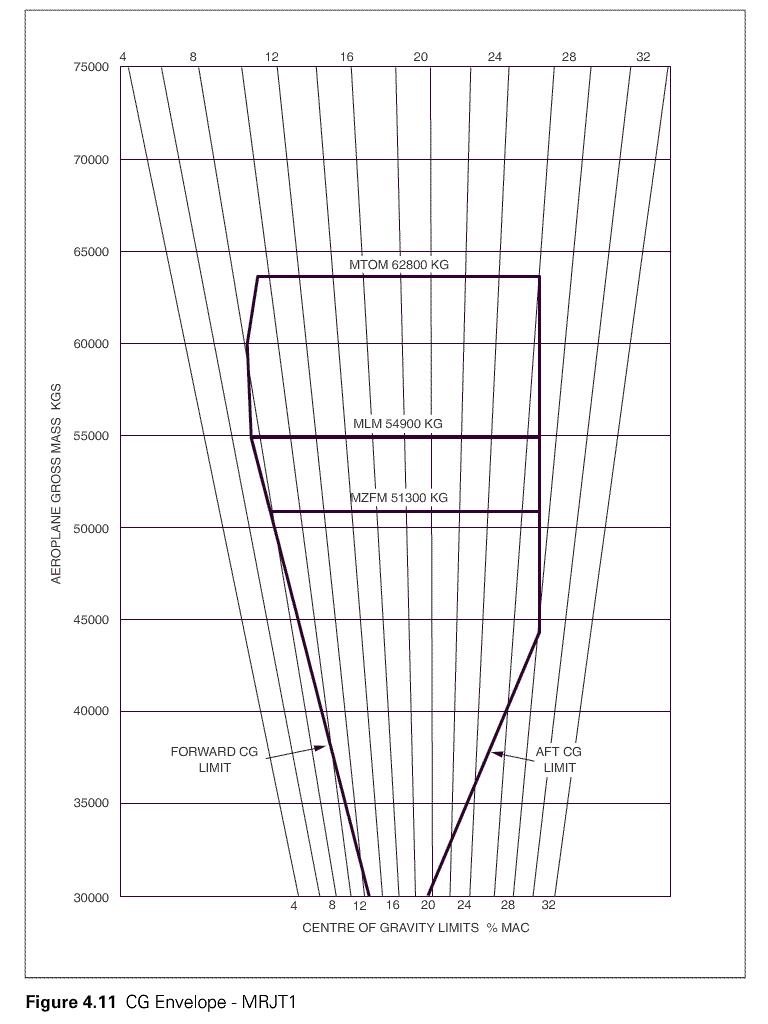 Yes, if the competent authority defines the transition altitude as 3000 ft or higher.
Yes, if the competent authority defines the transition altitude as 3000 ft or higher. Before an ifr departure the pic is only required to study the current weather ?
Question 9-27 : No forecast weather also needs to be studied no the operator has the responsibility to deliver this together with pilot checks a forecast study should be made during the flight the weather will change
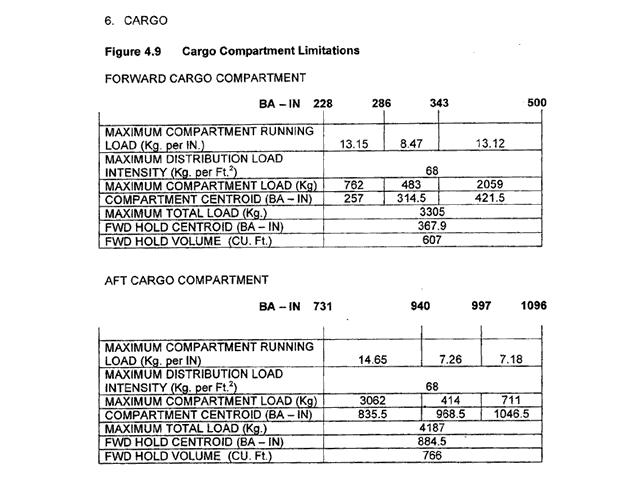 No, forecast weather also needs to be studied.
No, forecast weather also needs to be studied. Aircraft 'a' is the only aircraft to be flying in the traffic pattern and has ?
Question 9-28 : Give way to aircraft 'b' and inform atc about the traffic accelerate to overtake aircraft 'b' and land on rwy 35l descend to a lower altitude than aircraft 'b' and inform atc continue to land on rwy 35l in accordance with the clearance
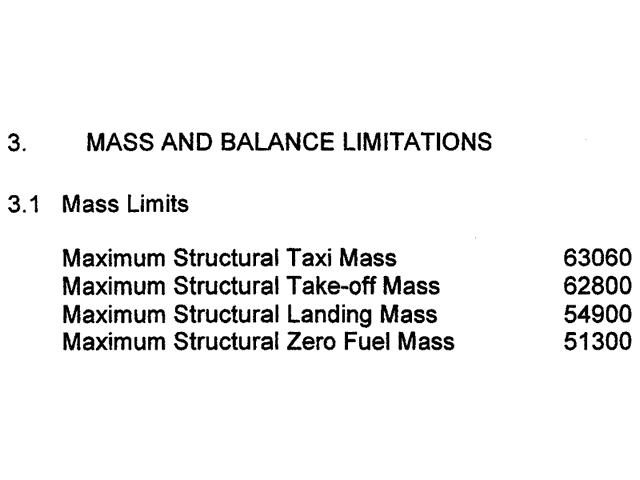 Give way to aircraft 'b' and inform atc about the traffic.
Give way to aircraft 'b' and inform atc about the traffic. A pilot visits a psychiatrist who prescribes him an antidepressant drug ?
Question 9-29 : Must not fly because these substances impair human performance may fly because their ame is unaware of the substances must not fly because their ame has assessed them as unfit may fly because the psychiatrist has prescribed them the substances
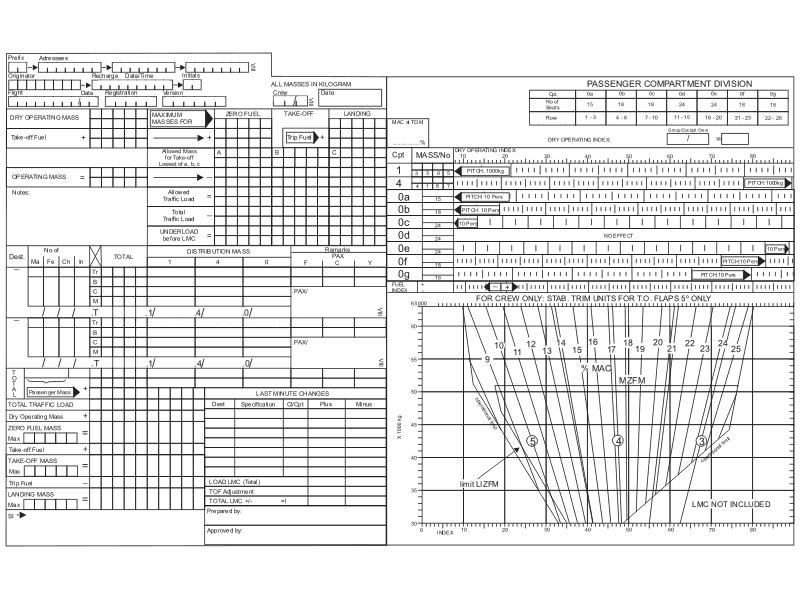 Must not fly, because these substances impair human performance.
Must not fly, because these substances impair human performance. Which of the following is/are mandatory tasks that the pilot must do before an ?
Question 9-30 : A c and d a only a and c a b c and d
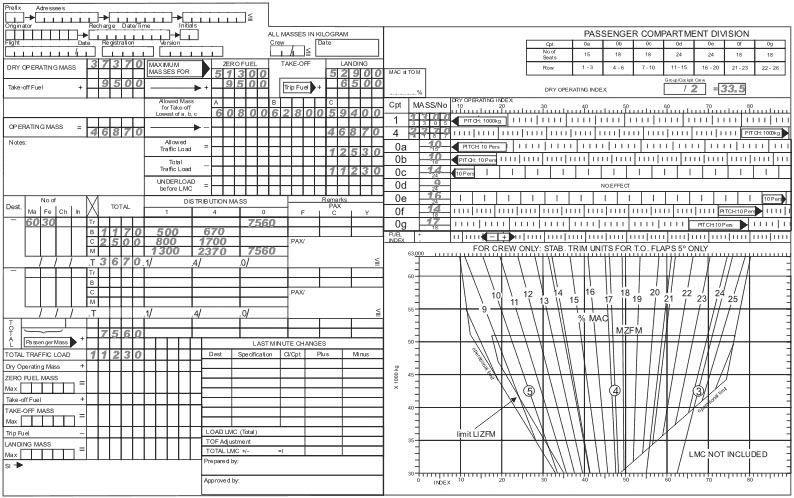 A), c) and d).
A), c) and d). You are appointed as the pilot in command of an aircraft departing from airport ?
Question 9-31 : You while in command the operator provided that you operate the aircraft in accordance with the specifications laid out within the operations manual you while manipulating the controls and your co pilot pilot while he/she is manipulating the controls the departure atc of state 1 while inside that departure fir the relevant en route atc unit while en route and the destination atc while inside the destination fir
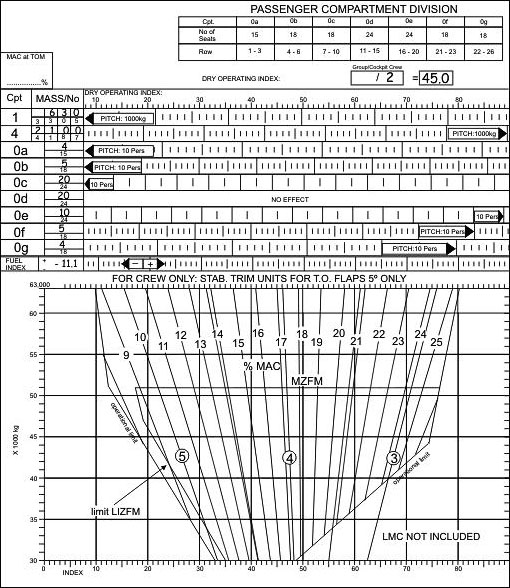 You, while in command.
You, while in command. Submission of a flight plan is required for any ?
Question 9-32 : Ifr flight in advisory airspace flight by day flight in class g airspace domestic flight
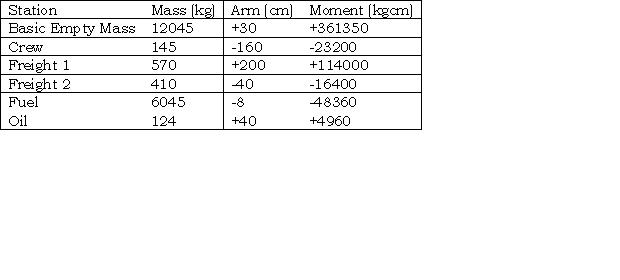 Ifr flight in advisory airspace.
Ifr flight in advisory airspace. An aircraft is operating a commercial flight from italy to libya whose rules of ?
Question 9-33 : 3 and 4 1 and 2 2 and 3 1 and 3
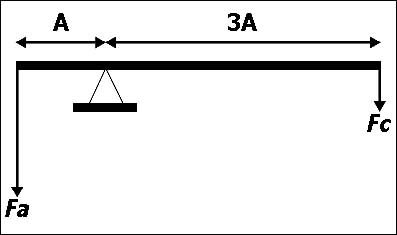 3 and 4.
3 and 4. Based on the regulations established on icao annex 2 and sera is it permissible ?
Question 9-34 : Yes if the state itself makes own regulations which may not be the same as icao annex 2 & sera no ifr flight in uncontrolled airspace is prohibited no ifr is allowed only above 3000 ft agl since the flight levels are used from 3000 m and above
In addition to general aviation aircraft which other types of aircraft fall ?
Question 9-35 : Aircraft bearing the nationality and registration marks of a member state of the union any aircraft registered with an icao member state or based in their engine manufacturer state aircraft bearing the nationality and registration marks of a member state of icao aircraft operating air traffic operations are limited to the airspace of the union
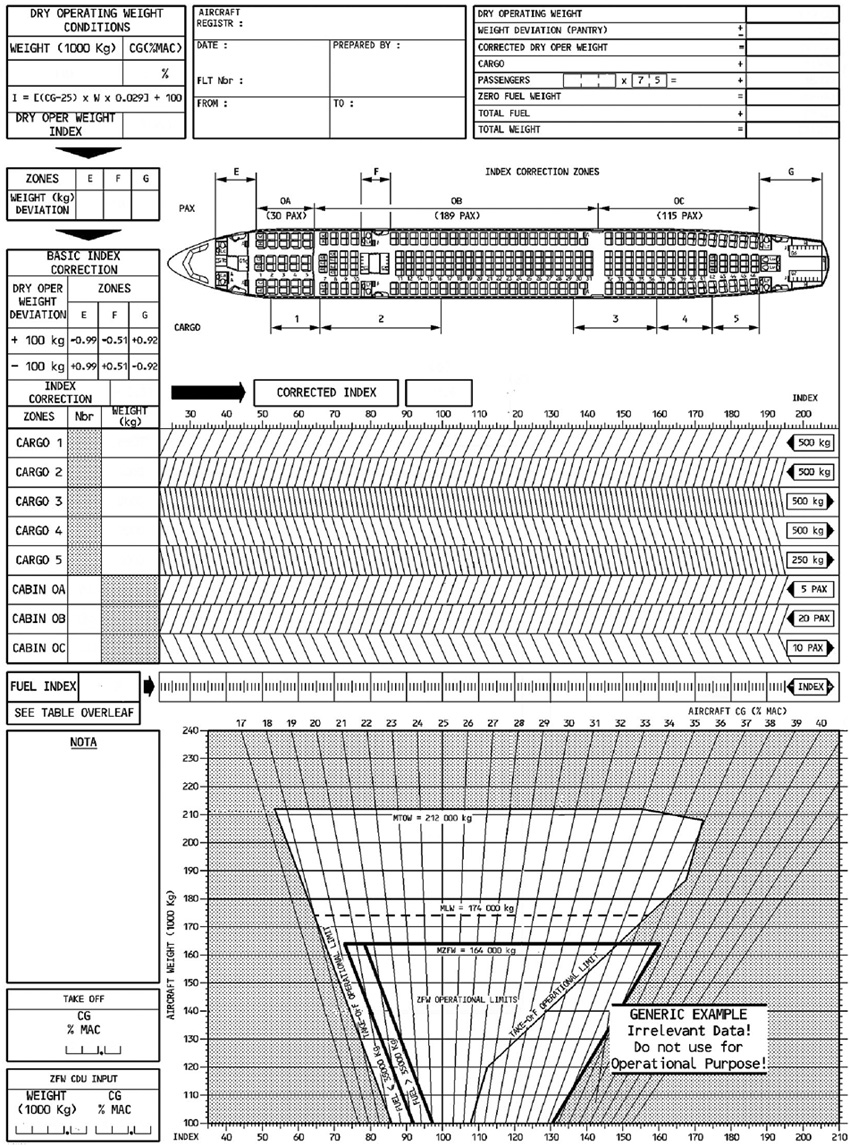 Aircraft bearing the nationality and registration marks of a member state of the union.
Aircraft bearing the nationality and registration marks of a member state of the union. According to the standardised european rules of the air sera regulation eu no ?
Question 9-36 : 1 time and level 2 compulsory 3 as soon as possible 1 tas and level 2 non compulsory 3 3 minutes before reaching the point 1 heading and tas 2 compulsory 3 3 minutes before reaching the point 1 heading and time 2 non compulsory 3 as soon as possible
An aircraft departs from the united states of america usa to its destination in ?
Question 9-37 : According to icao annex 2 and part sera the aircraft must follow the usa procedure according to icao annex 2 the aircraft must follow the french procedure because its destination is in france according to part sera the aircraft must follow the european rules which comply with the usa rules of the air according to the italian rules of the air the aircraft must follow the italian procedure because it is registered in italy
 According to icao annex 2 and part-sera, the aircraft must follow the usa procedure.
According to icao annex 2 and part-sera, the aircraft must follow the usa procedure. What is the correct statement about right of way ?
Question 9-38 : Power driven heavier than air aircraft shall give way to airships gliders and balloons gliders do not give way to balloons gliders shall give way to airships and balloons all aircraft shall give way to aircraft which are seen to be towing other aircraft
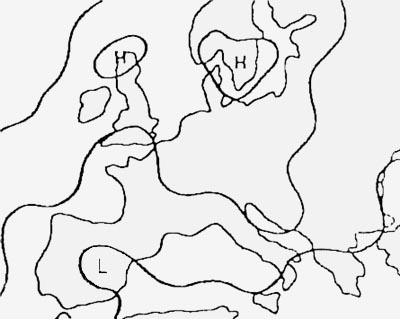 Power-driven heavier-than-air aircraft shall give way to airships, gliders and balloons.
Power-driven heavier-than-air aircraft shall give way to airships, gliders and balloons. With a minimum airspeed of 160 knots for your aircraft what procedures should ?
Question 9-39 : Inform the atc you are leaving their airspace to maintain vmc request an ifr clearance request special vfr continue flying trusting your instruments only
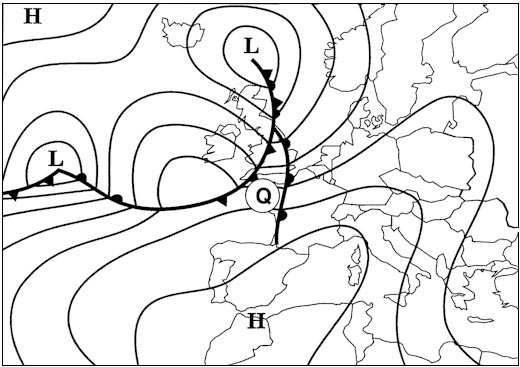 Inform the atc you are leaving their airspace to maintain vmc.
Inform the atc you are leaving their airspace to maintain vmc. An aircraft is registered in morocco and operated in tunisia during a flight ?
Question 9-40 : Yes only in airspace where ats is provided by an eu state no it should follow the state of registry regulations no it should follow the state of operator regulations always
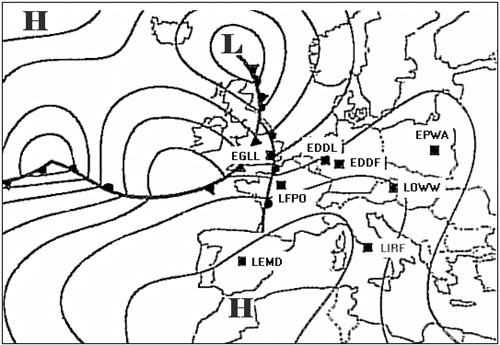 Yes, only in airspace where ats is provided by an eu state.
Yes, only in airspace where ats is provided by an eu state. ~
Exclusive rights reserved. Reproduction prohibited under penalty of prosecution.
319 Free Training Exam Other source study: Furious atpl examen 9
